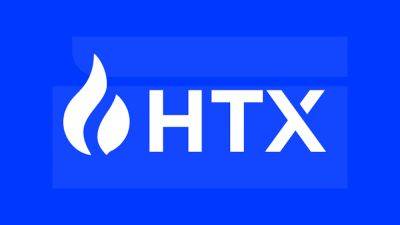Blockchain for a Better Planet: CEO Sunny Lu Explains How Vechain (VET) is Fighting the Climate Crisis – Next Big Trend?
As the crypto industry pushes the limits of blockchain, the constant pursuit of innovation and sustainability takes center stage, with various consensus mechanisms vying for the spotlight, among them, Proof of Authority (PoA), employed by Vechain, emerges as a growing alternative, challenging Ethereum’s widely acclaimed Proof of Stake (PoS) model.
I had the privilege of delving into these intricacies with Sunny Lu, the visionary CEO of Vechain, to unravel the potential and efficiency of PoA, and to explore how Vechain is redefining the standards of sustainable blockchain technology.
Ethereum’s transition to PoS has been amongst the most anticipated shifts in the crypto industry over the past two years, lauded for its promise of sustainability and energy efficiency. Yet, when pitted against Vechain’s PoA, it’s evident that there’s more to the story.
“One of the reasons for this is a lack of overall knowledge about the nuances of blockchain technologies and their underpinning architectures, but I expect to see understanding grow in the coming years as both education and adoption speed up,” explained Sunny.
“When compared to Bitcoin’s PoW mechanism, which gained notoriety for its energy consumption, PoS certainly is more energy efficient. However, that’s not to say it is optimized for energy efficiency; it is simply better than PoW in terms of overall energy consumption.
“In 2022, VechainThor was much more efficient than Bitcoin from an energy and carbon emissions perspective. VechainThor’s carbon emissions were on the order of 4.46 tons, whereas Bitcoin’s surpassed 86.3M tons,” continued Sunny.
“Despite Ethereum’s notable migration to PoS in 2022, the network is still projected to have annual carbon emissions of around 870
Read more on cryptonews.com






















